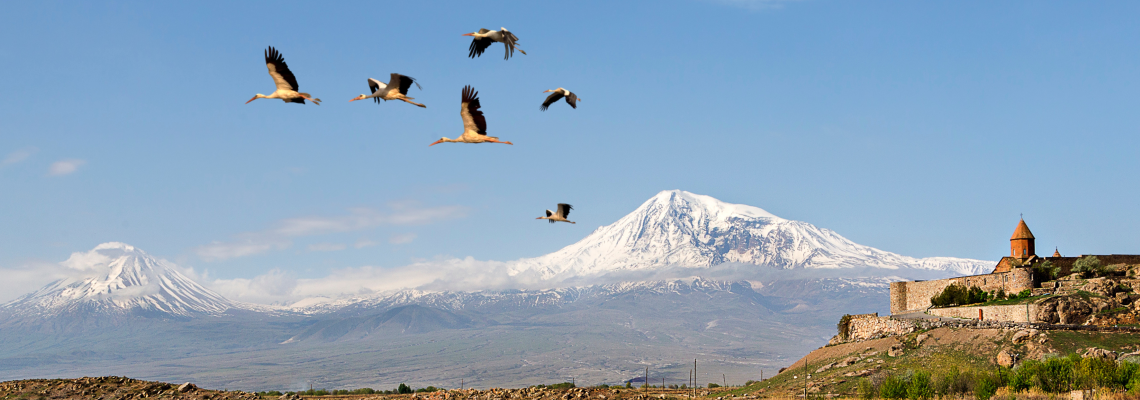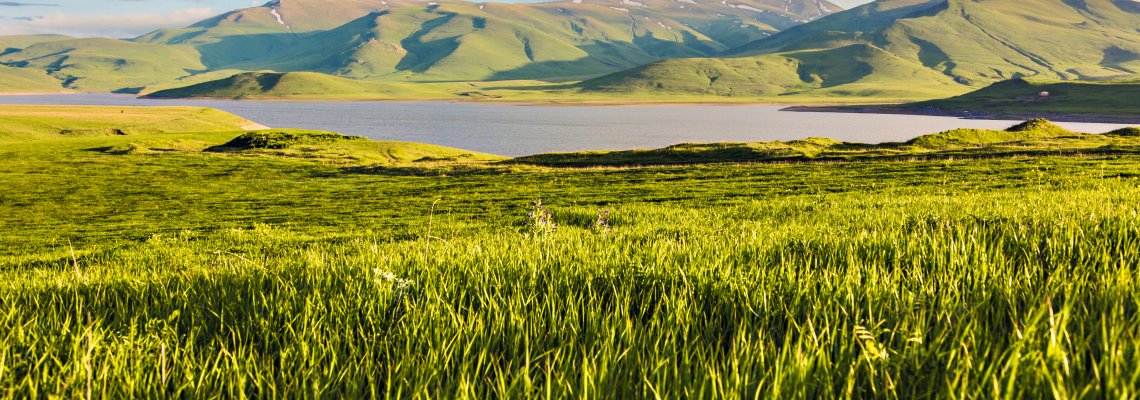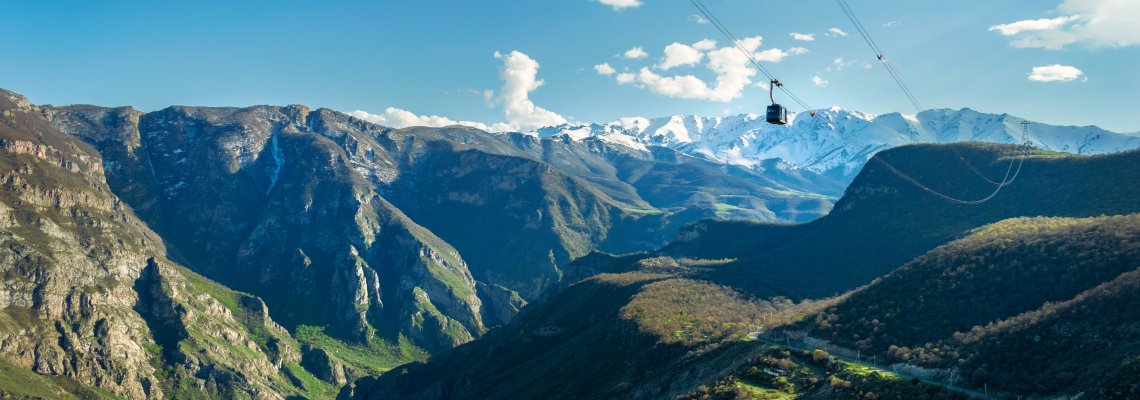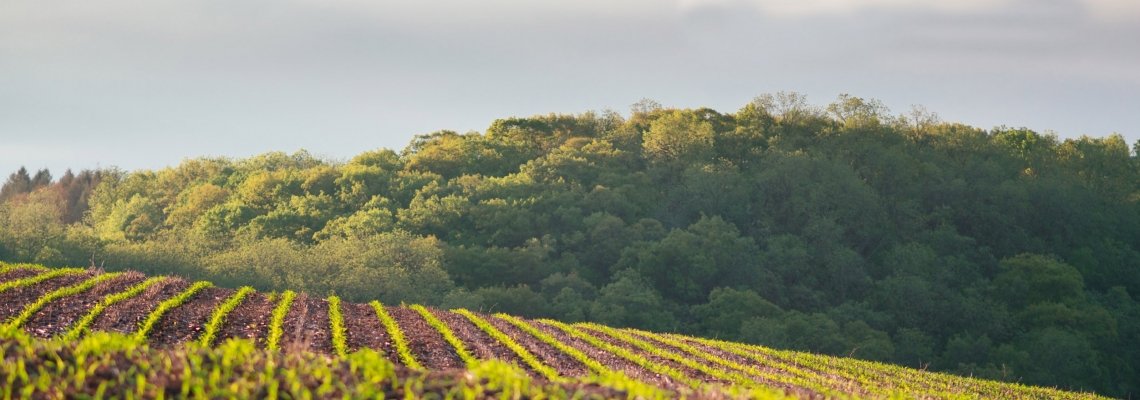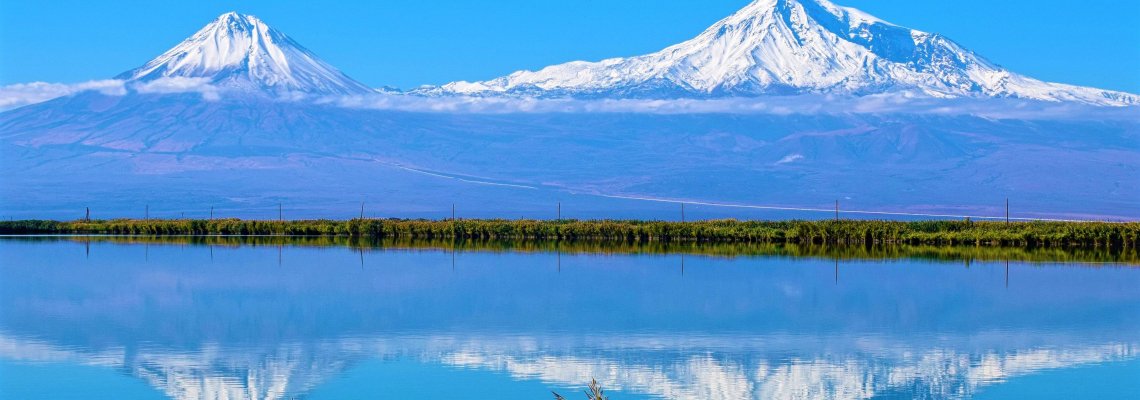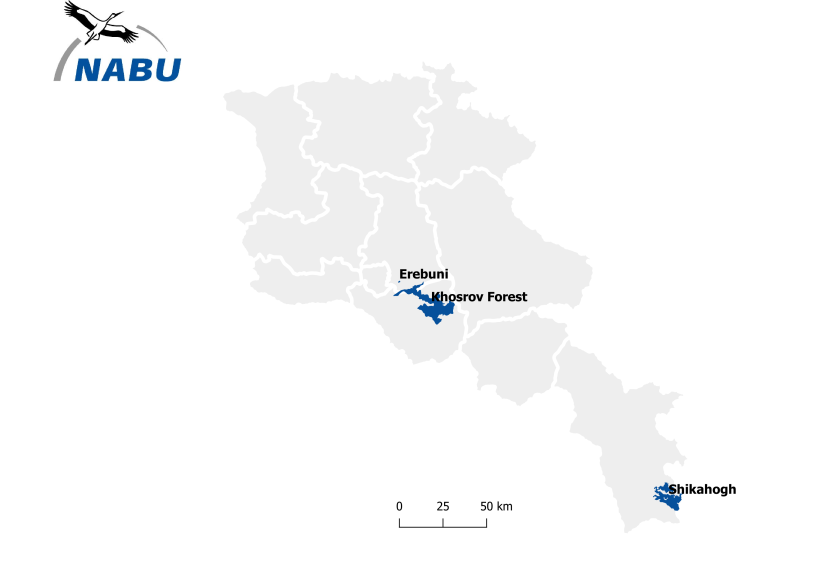
A nature reserve is a protected area of importance for flora, fauna or features of geological or other special interest, which is reserved and managed for purposes of conservation and to provide special opportunities for study or research. They may be designated by government institutions in some countries, or by private landowners, such as charities and research institutions. Nature reserves fall into different IUCN categories depending on the level of protection afforded by local laws. Normally, it is more strictly protected than a nature park.
The world's first modern nature reserve was established in 1821 by the naturalist and explorer Charles Waterton around his estate in Walton Hall, West Yorkshire. He spent £9000 on the construction of a three-mile-long, 9 ft tall wall to enclose his park against poachers. He tried to encourage bird life by planting trees and hollowing out trunks for owls to nest in.
Drachenfels (Siebengebirge) was protected as the first state-designated nature reserve in modern-day Germany; the site was bought by the Prussian State in 1836.
The first major nature reserve was Yellowstone National Park in Wyoming, United States, followed by the Royal National Park near Sydney, Australia and the Barguzin Nature Reserve of Imperial Russia, the first of zapovedniks set up by a federal government entirely for the scientific study of nature.
There are 3 state reserves in Armenia, which are unique in their biodiversity and beauty:

